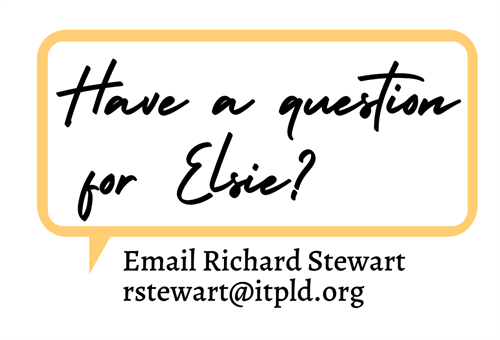- About
-
Advocacy
- Submit Legislative Proposals to the ILA Public Policy Committee
- Advocacy Policies and Procedures
- More Than a Building
- Census 2020 Resources
- Creating or Changing Illinois State Library Law
- Illinois Minimum Wage Resources
- Intro to Property Taxes for IL Libraries
- ILA Public Policy Principles
- Legislative Issues
- Libraries and Immigration Enforcement
- Making Your Case
- Ready, Set, Advocate
- TIFs and Public Library Districts in Illinois
- Top Ten Advocacy Tips
- Unite Against Book Bans in Illinois
-
Committees
- Frequently Asked Questions (FAQ) about ILA Committees
- Advocacy Committee
- Awards Committee
- Conference Program Committee, 2025
- Conference Program Committee, 2026
- Diversity Committee
- Finance Committee
- Fundraising Committee
- ILA Reporter Advisory Committee
- Illinois Libraries Present Committee
- Illinois Public Library Standards Committee
- Intellectual Freedom Committee
- iREAD Committee
- Nominating Committee
- Public Policy Committee
- Reaching Forward North Committee
- Reaching Forward South Committee
- Events
-
Forums
- Frequently Asked Questions (FAQ) about ILA Forums
- Human Resources & Administration Forum (HRAF)
- Illinois Association of College & Research Libraries Forum (IACRL)
- Library Trustee Forum (LTF)
- Marketing Forum (MF)
- Resources & Technical Services Forum (RTSF)
- Retired Members Forum
- Small and Rural Libraries Forum (SARL)
- Students and New Professionals Forum (SANP)
- Young Adult Services Forum (YASF)
- Youth Services Forum (YSF)
- Initiatives
- Membership
- Publications

Any tips for a beginning cataloger on how to get a handle on the Library of Congress Subject Headings (LCSH). For starters, how do you even pick an appropriate heading out of all those terms?
Signed, Bewildered & Green in Buffalo Grove
Dear BG,
LCHS is indeed a big list. Add to that the many available subdivisions and the very specific rules for their application, and it's easy to feel daunted. Of course, to really learn how to use this resource is beyond the scope of a single column. To help get you started, we will mention a few basic principles and then list some helpful resources, followed by some additional hints.
A basic guideline is that you will want to summarize the work as a whole, as nearly as possible. This may be possible with one subject heading, or it may require more. (The Library of Congress's rule of thumb is that only topics comprising at least 20 percent of a work should be represented by subject headings.) It is better to start by examining the work in hand (with attention to the preferred sources of information, summaries or blurbs on the cover or container, contents notes, etc.), form an idea of its subject matter as a whole, and then approach LCSH to find a term or terms that most closely approximate the subject (both conceptually and in terms of specificity).
As in some other aspects of cataloging, there is a “rule of three” that is observed in assigning subject headings. If a work deals with two or three different topics (each, remember, comprising at least 20 percent of the work), you can assign subject headings to represent each topic. For example, a book on the cultivation of apple and pear trees would have subject headings for each of those two topics. But if more than three topics are involved, you should look for terms representing a broader topic that includes them all, if possible. So for a book on the cultivation of apple, peach, pear, and citrus trees, you would look for a heading representing the cultivation of fruit trees.
LCHS uses a system of references to guide the user from variant to preferred terms (for example, from “Malus” to “Apples”) and to indicate broader and narrower terms and terms otherwise related to what you are looking at. Some subject headings and subdivisions (not enough of them, in many working catalogers' opinion) also have scope notes that define the meaning and application of the heading or subdivision.
There are a number of resources that can help you learn the principles of LCHS and how the subject headings and subdivisions should be applied. Here are a few of them:
“Basic Subject Cataloging Using LCSH” (http://www.loc.gov/catworkshop/courses/basicsubject/), a course in LC's Catalogers Learning Workshop. The link takes you to the course materials; the course itself has not been recorded as far as Elsie can find. But the materials include the slides and instructor's notes as well as a trainee manual and exercises.
Bear in mind that some references in the course material are outdated; for example, LC no longer publishes print versions of cataloging tools, and the Cataloging Service Bulletin has been superseded by Library of Congress Policy Statements, incorporated into RDA and also available as PDFs. The basic principles and approaches taught in the course are still sound.
If you prefer a video presentation, the Nebraska Library Commission has posted a series of lessons on YouTube (the first is at https://www.youtube.com/watch?v=4HVEk36sJsA).



 iREAD Summer Reading Programs
iREAD Summer Reading Programs Latest Library JobLine Listings
Latest Library JobLine Listings